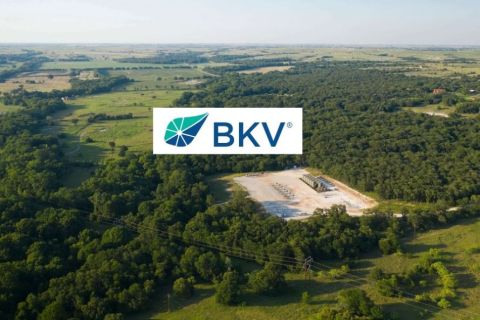
BRISBANE, Australia -- By Australian standards, the Perth Basin is small. It ranks far below the Cooper and Canning basins in both size and resource potential. Nonetheless, the Perth Basin’s abundance of tight sand and shale-gas reservoirs, along with its proximity to Western Australian gas demand, makes it attractive to explorer AWE Ltd., said Neil Tupper, general manager, exploration and geoscience. The executive spoke at Hart Energy’s first DUG Australia Conference & Exhibition in Brisbane. The company holds oil and gas assets in various Australian basins, New Zealand, Indonesia and the United States.
The north-south trending Perth Basin has hosted conventional gas production, with about 100 drilled wells and 650 billion cubic feet produced to date. Tight-gas and shale plays are best developed on the Beagle Ridge, a large structural feature. Here, Permian to Early Triassic reservoirs have attractive burial depths, thickness and thermal maturities. Finding and developing unconventional gas around previous conventional gas areas is a large part of AWE’s strategy, said Tupper.
Specific targets include the Irwin River coal measures, the Carynginia and Kockatea shales and the Dongara sandstone. AWE selected the Perth Basin for a major effort for several reasons, noted Tupper. “We want to take advantage of the tight gas sand prospectivity and discoveries that have already been made in the Perth Basin, and build that business first, then layer the shale on top.”
The company holds rights to 3,400 square kilometers in 10 licenses, and existing gas infrastructure and local gas markets are available. AWE thinks it can quickly commercialize its natural gas finds, which it expects to span both conventional and unconventional reservoirs. While shale oil is a possibility, the main potential appears to be dry gas, he said.
To date, the company has completed its preliminary assessment of the basin, and is working to define potential sweet spots. It has drilled several exploration wells that have validated net reservoir thickness, total organic carbon content, kerogen type, mineralogy, gas content and other key parameters. The company has shot 3-D seismic on its northern acreage, and plans additional surveys to the south. It has also acquired microseismic on one of its test wells and plans more.
So far, AWE is producing its Corybas 1 well and is about to start extended testing on its Arrowsmith 2. Corybas 1 gauged a maximum flow rate of 4.5 million cubic feet per day from the Irwin coal measures. It is a vertical test, and the company will continue to evaluate horizontal versus vertical wells for the stacked sand objectives. When it shifts to shale gas in the future, it expects to drill those wells horizontally and employ multi-stage fracturing technology.
“We are planning during this next 12-month season to drill as many as four to five wells. It is a substantial program,” said Tupper. “We have strong ambitions to build a commercial gas business, and we have a clear plan to move from exploration to development.”
Recommended Reading
Dividends Declared Sept.16 through Sept. 26
2024-09-27 - Here is a compilation of dividends declared from select upstream, midstream and service and supply companies.
BKV Prices IPO at $270MM Nearly Two Years After First Filing
2024-09-25 - BKV Corp. priced its common shares at $18 each after and will begin trading on Sept. 26, about two years after the Denver company first filed for an IPO.
Oil, Gas Completions Company Covenant Testing Rebrands as One X
2024-09-25 - Covenant Testing said the name change to One X is meant to bring awareness to the company’s “comprehensive, end-to-end solutions for our clients.”
Mach to Sell Additional Common Units to Fund A&D
2024-09-25 - Mach Natural Resources announced that the underwriters of its public offering of 7.27 million units have exercised an option to purchase an additional 1 million common units at $16.50 per unit.
Trafigura Appoints Holtum to CEO, Weir Appointed Chairman
2024-09-24 - Richard Holtum will assume the CEO position on Jan. 1, 2025, and current CEO Jeremy Weir will assume his new position as chairman of the board.
Comments
Add new comment
This conversation is moderated according to Hart Energy community rules. Please read the rules before joining the discussion. If you’re experiencing any technical problems, please contact our customer care team.





